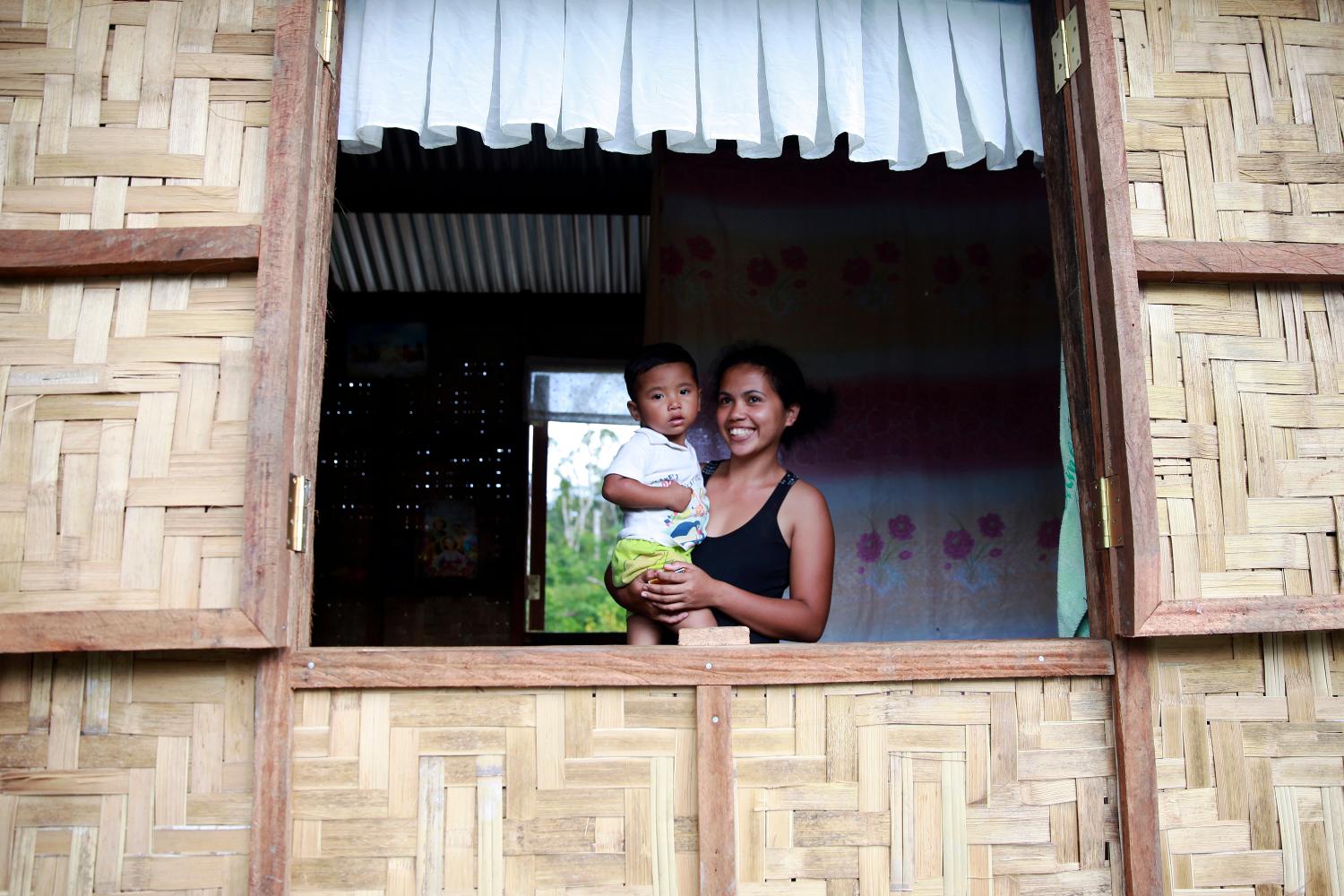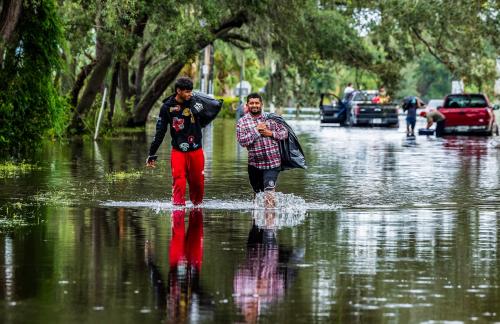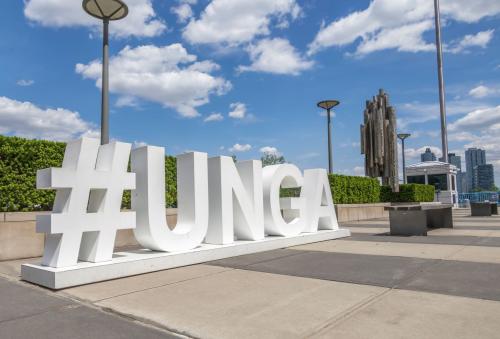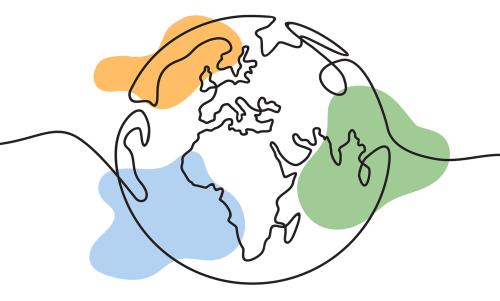On November 8, 2013, Typhoon Haiyan tore a path of destruction across the central Philippines. With sustained winds of 195 miles per hour, the storm was the strongest on record and affected 14 million people across nine regions. The impact of Typhoon Haiyan (known locally as Yolanda) was massive. Over six thousand people were killed, over one million homes were damaged or destroyed, and over four million people were displaced.
Not long after the typhoon struck, President Aquino announced that given the Philippines’ high susceptibility to typhoons and other hazards, the national government was recommending that LGUs enforce “no-build zones” (NBZs) within 40 meters of the high water mark in all coastal areas of Leyte and Samar affected by the typhoon.
According to the policy, rebuilding would be allowed within NBZs for livelihood and commercial purposes such as hotels but not for residential dwellings. Those previously living in these areas, many of whom were informal settlers, would be relocated by the government. Within a month or two of the storm, the Department of Environment and Natural Resources, the Department of Public Works and Highways, and LGUs began posting signs marking areas as NBZs.
In some coastal urban centers, like Tacloban City, which was 90 percent destroyed by the storm, planning was underway prior to the typhoon to relocate several densely populated, informal settlements along the shoreline. Residents of these neighborhoods (barangays) were primarily poor fisher-folk and preferred living next to the water and close to their fishing boats and nearby the city’s markets. Given their proximity to the water and the informal nature of the housing, these barangays were almost entirely wiped out by the typhoon’s ferocious winds and 15-foot storm surge. While most residents evacuated prior to the storm, those who stayed behind to safeguard possessions were either killed or nearly lost their lives. The typhoon created an opportunity for the local government to act on its plan by ensuring that those previously living in these barangays who were displaced by the storm did not re-inhabit or rebuild in these areas with the intention of relocating them elsewhere in the city.
This case study examines population relocation and resettlement as a strategy for mitigating disaster-induced displacement, drawing on experience from the resettlement program currently being implemented in the Philippines in the aftermath of Typhoon Haiyan. Although the program is ongoing, observations to date suggest that without sufficient planning and safeguards, post-disaster relocation and resettlement programs can prolong displacement and leave affected populations more, not less, vulnerable. In post-disaster contexts, far more comprehensive and innovative approaches are needed in order to avoid the negative outcomes associated with government-led relocation and resettlement.
The Brookings Institution is committed to quality, independence, and impact.
We are supported by a diverse array of funders. In line with our values and policies, each Brookings publication represents the sole views of its author(s).



